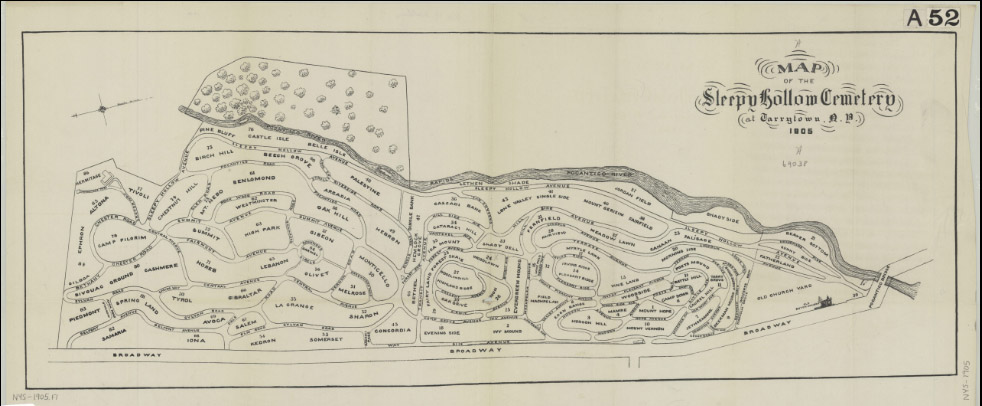Andrew Carnegie
Fun Facts:
Andrew’s first job was as a bobbin boy in a cotton factory, earning $1.20 per week. He made his fortune in the steel industry during the Industrial Revolution and sold Carnegie Steel to J.P. Morgan in 1901 for $480 million (worth over $15 billion today).
During the last 18 years of his life, he gave away around $350 million (equivalent to $6.9 billion in 2025 dollars), almost 90 percent of his fortune, to charities, foundations and universities. His 1889 article proclaiming “The Gospel of Wealth” called on the rich to use their wealth to improve society, expressed support for progressive taxation and an estate tax, and stimulated a wave of philanthropy. Carnegie’s reputation was tarnished by his support of Henry Clay Frick (of the beautiful museum in New York City) in Frick’s attempt to break the power of the unions in Homestead, Pennsylvania—a conflict which culminated in the death of seven strikers and three strike-breakers.
Andrew Carnegie’s most significant scandal was the 1892 Homestead Strike, a violent labor dispute at his Pennsylvania steel plant that resulted in deaths and injuries (the conflict culminated in the death of seven strikers and three strike-breakers). The scandal was exacerbated by a contrast between Carnegie’s public image as a benevolent supporter of workers and his private support for wage cuts and union-busting tactics orchestrated by his manager, Henry Clay Frick. Other scandals include his membership in the South Fork Fishing and Hunting Club, which was responsible for the devastating Johnstown Flood in 1889.
Andrew Carnegie died at Shadow Brook, his estate at Lenox, Massachusetts, on August 11, 1919, at the age of 83. Three days later a simple funeral was held in accordance with Carnegie’s wishes in the music room at Shadow Brook. That same day, his remains were driven to the railroad depot at Hillsdale, New York, from whence they were conveyed via a special funeral car to White Plains. From White Plains, a hearse and five automobiles drove the funeral party to Sleepy Hollow Cemetery. Before the arrival of the cortege the cemetery gates were closed and a score of guards were stationed at the entrances to keep curious away.
Cemetery Information:
Final Resting Place:
Sleepy Hollow Cemetery
540 N. Broadway
Sleepy Hollow, New York, 10591
USA
North America
Map:

Grave Location:
Section 49, Arcadia Hebron PlotGrave Location Description
As you make your way to nearly the exact center of the cemetery, park your car at the intersection of Summit Avenue and Dingle Road. The Celtic Cross marking the final resting place of business tycoon Andrew Carnegie can be seen from the road.
Grave Location GPS
41.096436875092785, -73.86000884635956Visiting The Grave:
Photos:
FAQ's
Read More About Andrew Carnegie:
- Wikipedia Entry
- Andrew Carnegie — Industrialist and Philanthropist
- The History of Shadow Brook in Lenox, Massachusetts
- Andrew Carnegie (1835-1919)
- Andrew Carnegie
- The Hypocrisy of Andrew Carnegie’s Gospel of Wealth
- The Rise and Fall of Shadow Brook in Lenox, Massachusetts
- Margaret Carnegie Miller - Heiress to the Carnegie Fortune








